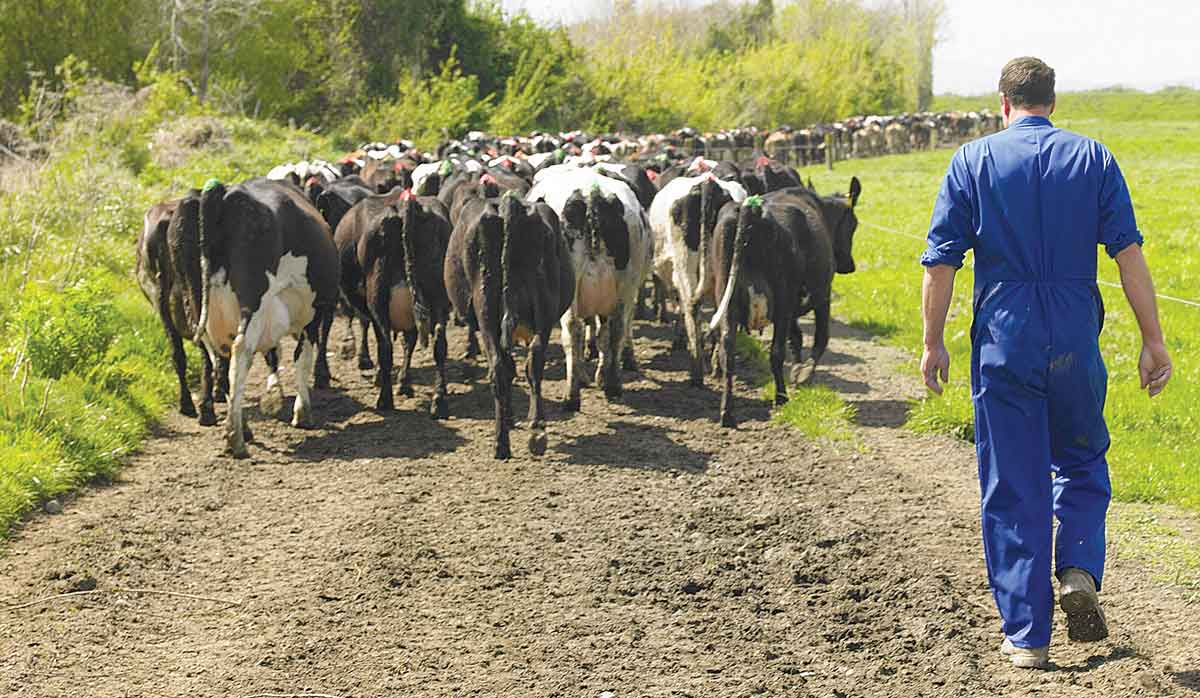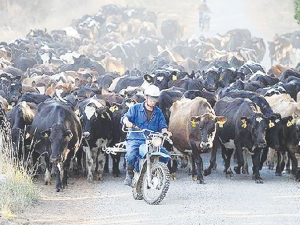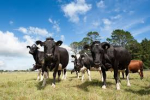Moving Day is the busiest time of the year for livestock movements.
Animal welfare and good biosecurity practices, including complying with traceability requirements, are critical over this period.
Both DairyNZ and OSPRI urge farmers to follow advice.
"When NAIT compliance is compromised, our traceability system is threatened, and we run the risk of having a system that will not perform in the event of another disease outbreak," says OSPRI.
"We ask that farmers read and understand their requirements as we embark on the Moving Day period."
DairyNZ advises that cull cows be sent to a processing facility nearby.
"Minimising transport time and distance is better for the cow and you, because risk of injury or going down increases with time and distance.
"Only transport cows that are not likely to give birth during the journey or within 24 hours of arriving at the destination: if within four weeks of calving date, travel should be less than two hours."
Farmers must make sure that animals are fit for transport by checking for the following:
- No signs of ill health
- No visible wounds, bleeding, disease, deformity or infection
- No ingrown or recently removed horns
- Cancer eye lesions must be confined to the eye, smaller than 2cm and not bleeding or discharging
- Able to bear weight evenly on all four limbs
- The right Body Condition Score - BCS 3 or greater. Cows with BCS below 3 can only be transported to better grazing, not to saleyards or slaughter, and vet advice is recommended.
It is also recommended that farmers stand stock off green feed for at least four hours, but for no more than 12 hours.
A grazed-out paddock or stand-off pad are better options because concrete surfaces can contribute to tender feet and aren't good for lying.
Continue feeding silage, hay or straw during stand-off, especially for lactating cows or prior to long-distance journeys.
DairyNZ says farmers must ensure all stock have access to water prior to loading.
"Many farmers have plumbed in a basic water trough at the yards that can be filled while the yards are in use. Remember, this will be their last chance to eat and they won't get a drink until they arrive," it says.
Lactating cows need extra calcium, in addition to extra magnesium, on the day of transport. The extra calcium could be given as an oral drench, extra allowance of a calcium-enriched meal, or a slurry poured over dry feed.
Keeping Records
All movements of cattle and deer between NAIT locations must be recorded in NAIT within 48 hours of them leaving one property and arriving at a new property.
The Person in Charge of Animals (PICA) sending the animals is resposible for recording a sending movement in NAIT. The PICA receiving the animals is responsible for recording a receiving movement.
 |
|---|
|
All movements of cattle and deer between NAIT locations must be recorded in NAIT within 48 hours.
|
All animal movements between NAIT locations must be recorded, even if:
- There has been no change of ownershi - for example, you move them for grazing or mating
- The animals are exempt from tagging.
All movements of NAIT animals to and from a registered NAIT location must be recorded in NAIT within 48 hours of the animals leaving a property or arriving at a new location.



















